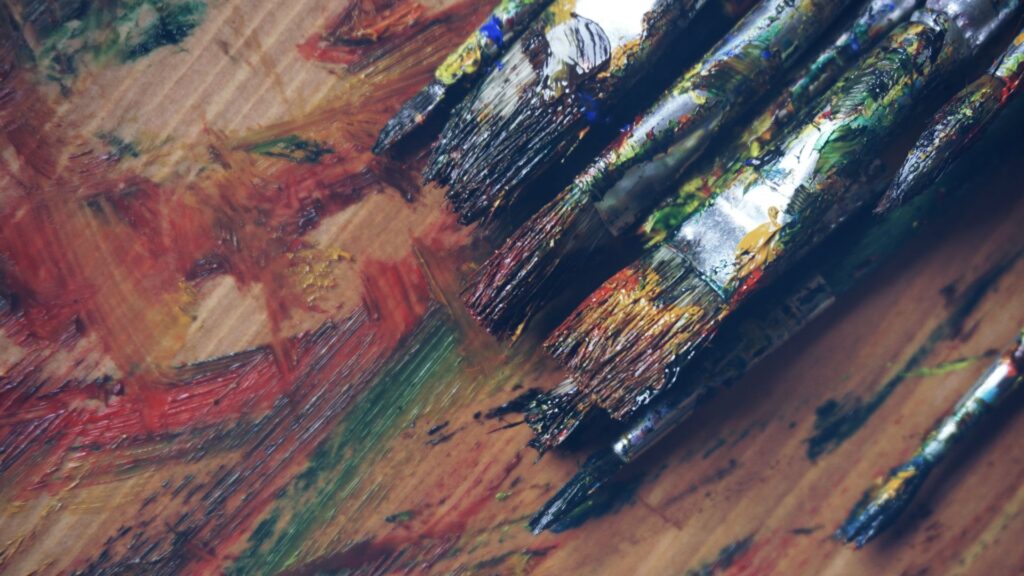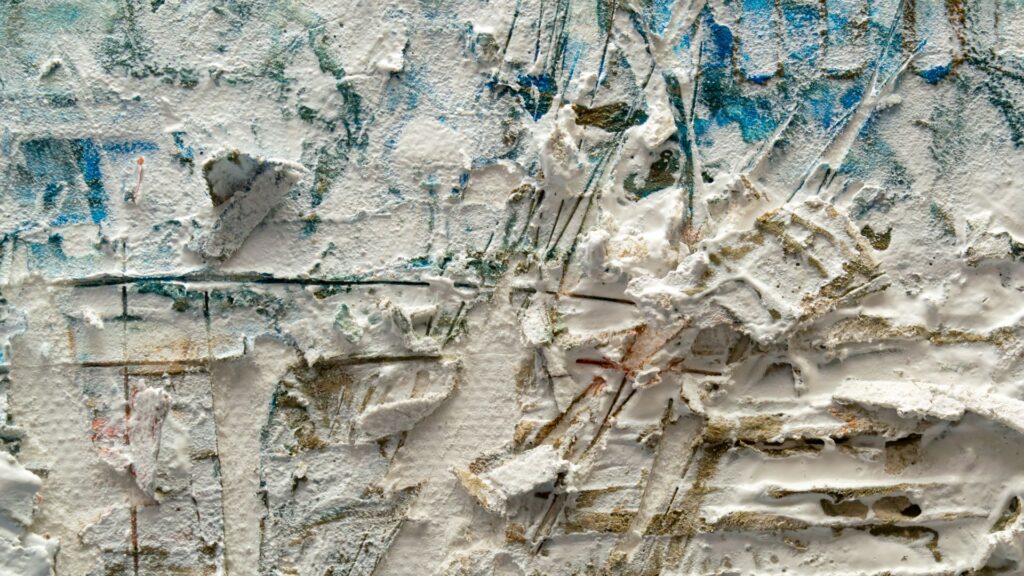
Painting still life in acrylic: Tips for realistic results
Still life painting is a rewarding and timeless genre that allows artists to explore texture, light, and detail. While it may seem straightforward, achieving realistic results can be a challenging but highly satisfying endeavour. Acrylic paints, with their versatility and ability to produce vibrant colours and sharp details, are a fantastic medium for capturing the intricacies of still life. Whether you’re a beginner or an experienced artist, mastering the techniques involved in painting still life in acrylics can elevate your work and help you create pieces that truly pop.
In this article, we’ll explore tips and techniques for creating realistic still life paintings using acrylics, from selecting the right subject matter to perfecting the nuances of light and shadow:
- Choosing the right subject matter
- Techniques for realistic acrylic painting
- Creating texture
- Endless opportunities: Painting still life

Choosing the right subject matter
The beauty of still life painting lies in its simplicity—yet, choosing the right subject matter can make all the difference. When selecting objects for your still life, think about what you want to convey and how you can best showcase your skills. Common still life subjects include fruit, flowers, bottles, glasses, and everyday objects like books or kitchen utensils. These items often have interesting textures and shapes that allow for detailed observation and intricate painting techniques.
Start with objects that have clear shapes and distinctive features. Fruit, for example, is an excellent choice because it often has smooth textures and vibrant colours, which lend themselves well to acrylic painting. Apples, oranges, and grapes can be perfect for practising different paint layering techniques and capturing the natural shine and reflections on their surfaces.
Flowers are another great subject for still life paintings, especially if you enjoy working with delicate details. The petals, stems, and leaves provide ample opportunities to experiment with blending and texture. If you’re looking for a more challenging subject, consider painting glass objects, which require precise light and shadow manipulation to capture their transparency and reflections realistically.
Ultimately, the key is to choose a subject that excites you and offers a variety of textures and colours. Keep in mind that simple objects can be just as rewarding as more complex ones. By focusing on the details, you can create a realistic portrayal regardless of the subject matter.
Techniques for realistic acrylic painting
When it comes to realistic painting, mastering certain techniques is essential. Here are some key methods you can use to enhance your still life painting in acrylics:
Layering
Layering is one of the most important techniques in acrylic painting. Unlike oils, which take longer to dry, acrylics dry quickly, allowing you to build up layers in a short amount of time. Start with a base layer of paint, using a neutral colour to sketch out the shapes and outline the objects. From there, gradually add more layers, building up the colour and adding detail with each one.
Thin layers of paint can be applied with a dry brush or a soft, wet brush to create smooth transitions. The great thing about acrylics is that they are forgiving—if you don’t like the first layer, you can easily paint over it once it dries, allowing you to refine your work as you go.
Glazing
Glazing is another technique that works particularly well in acrylics. This involves applying a thin, transparent layer of paint over dried layers, allowing the colour underneath to show through. Glazing can be used to add depth and richness to your still life painting, particularly when capturing the subtle variations in colour, such as the way light reflects off a surface or how light and shadow interact with your subject.

Creating texture
Texture is a vital aspect of still life painting, especially when depicting objects like fabric, fruit, or glass. Acrylic paints can be manipulated to create different textures, from the soft smoothness of a pear’s skin to the rough texture of a stone or the delicate folds of fabric.
To create texture in your still life, experiment with different tools and techniques. Use a palette knife for impasto effects, or try a dry brush technique to add fine, delicate textures. You can also mix your acrylic paints with texture gels or mediums to create a more pronounced surface texture, particularly when painting objects like flowers or draped fabric.
Tips for capturing light and shadow
Light and shadow are crucial for creating a sense of depth and realism in your still life paintings. Acrylic paints, with their fast-drying properties, allow you to work quickly and adjust light and shadow as you go, but capturing the nuances of light can still be a challenge. Here are some tips for achieving realistic light and shadow effects.
Understand your light source
The first step to capturing light and shadow accurately is understanding the direction of your light source. Whether you’re working from life or a photo reference, identify where the light is coming from and how it interacts with the objects in your scene. This will help you determine where to place the highlights and shadows.
Use contrast to create depth
One of the easiest ways to create depth in a painting is by contrasting light and dark areas. Acrylic paints offer the advantage of layering and blending, so take advantage of this by gradually building up shadows and highlights. For example, if you’re painting a shiny apple, use a dark shadow on the side opposite the light source to make the fruit appear round and three-dimensional.
Focus on reflections and highlights
Reflections and highlights are essential for creating the illusion of three-dimensionality, especially when painting objects like glass, water, or shiny fruit. Pay attention to the subtle reflections on the surface of objects, and use lighter, brighter colours to highlight them. This will help make your painting look more realistic and give it a sense of life and vibrancy.
Endless opportunities: Painting still life
Painting still life in acrylics offers endless opportunities for creativity, exploration, and improvement. By choosing the right subject matter, mastering techniques like layering, glazing, and creating texture, and paying close attention to light and shadow, you can create realistic and captivating still life paintings.
Let’s recap what we learned about still life today:
- Select objects with distinct shapes, textures, and colours, such as fruit, flowers, or everyday items, to practice detailed observation and capture realistic features.
- Use key methods like layering, glazing, and creating texture to build up depth, smooth transitions, and accurate details in your still life.
- Experiment with tools like palette knives and dry brush techniques, and mix acrylics with texture gels for objects with distinct surfaces like fabric or glass.
- Understand your light source, use contrast to create depth, and highlight reflections and shadows to add realism to your painting.
- Start with simple objects and gradually tackle more complex compositions, practising regularly to develop your skills and achieve realistic results in acrylic painting.
Remember, the key is practice. Start with simple objects, gradually adding more complexity as your skills develop. Don’t be afraid to experiment and make mistakes along the way—each brushstroke brings you one step closer to mastering the art of realistic acrylic painting. Happy painting!